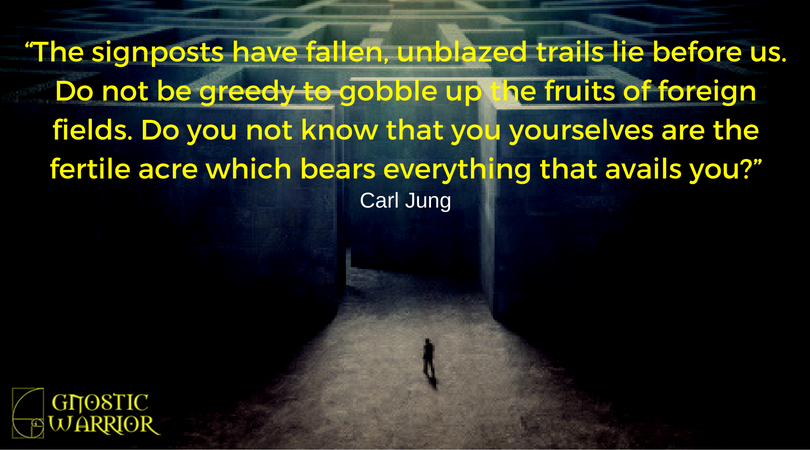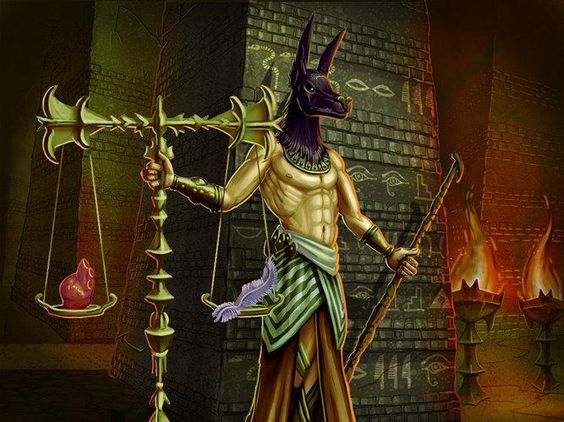“When the dissolution — Pralaya — had arrived at its term, the great Being — Para-Atma or Para-Purusha — the Lord existing through himself, out of whom and through whom all things were, and are and will be . . . resolved to emanate from his own substance the various creatures” (Manava-Dharma-Sastra, book i., slokas 6 and 7).
The mystic Decad 1 + 2 + 3 + 4 = 10 is a way of expressing this idea. The One is God, the Two, matter; the Three, combining Monad and Duad, and partaking of the nature of both, is the phenomenal world; the Tetrad, or form of perfection, expresses the emptiness of all; and the Decad, or sum of all, involves the entire cosmos. The universe is the combination of a thousand elements, and yet the expression of a single spirit — a chaos to the sense, a cosmos to the reason.
The whole of this combination of the progression of numbers in the idea of creation is Hindu. The Being existing through himself, Swayambhu or Swayambhuva, as he is called by some, is one. He emanates from himself the creative faculty, Brahma or Purusha (the divine male), and the one becomes Two; out of this Duad, union of the purely intel-
Page xvii
lectual principle with the principle of matter, evolves a third, which is Viradj, the phenomenal world. It is out of this invisible and incomprehensible trinity, the Brahmanic Trimurty, that evolves the second triad which represents the three faculties — the creative, the conservative, and the transforming. These are typified by Brahma, Vishnu, and Siva, but are again and ever blended into one. Unity, Brahma, or as the Vedas called him, Tridandi, is the god triply manifested, which gave rise to the symbolical Aum or the abbreviated Trimurty. It is but under this trinity, ever active and tangible to all our senses, that the invisible and unknown Monas can manifest itself to the world of mortals. When he becomes Sarira, or he who puts on a visible form, he typifies all the principles of matter, all the germs of life, he is Purusha, the god of the three visages, or triple power, the essence of the Vedic triad. “Let the Brahmas know the sacred Syllable (Aum), the three words of the Savitri, and read the Vedas daily” (Manu, book iv., sloka 125).
“After having produced the universe, He whose power is incomprehensible vanished again, absorbed in the Supreme Soul. . . . Having retired into the primitive darkness, the great Soul remains within the unknown, and is void of all form. . . .
“When having again reunited the subtile elementary principles, it introduces itself into either a vegetable or animal seed, it assumes at each a new form.”
“It is thus that, by an alternative waking and rest, the Immutable Being causes to revive and die eternally all the existing creatures, active and inert” (Manu, book i., sloka 50, and others).
He who has studied Pythagoras and his speculations on the Monad, which, after having emanated the Duad retires into silence and darkness, and thus creates the Triad can realize whence came the philosophy of the great Samian Sage, and after him that of Socrates and Plato.
Speusippus seems to have taught that the psychical or thumetic soul was immortal as well as the spirit or rational soul, and further on we will show his reasons. He also — like Philolaus and Aristotle, in his disquisitions upon the soul — makes of aether an element; so that there were five principal elements to correspond with the five regular figures in Geometry. This became also a doctrine of the Alexandrian school. Indeed, there was much in the doctrines of the Philaletheans which did not appear in the works of the older Platonists, but was doubtless taught in substance by the philosopher himself, but with his usual reticence was not committed to writing as being too arcane for promiscuous publication. Speusippus and Xenocrates after him, held, like their great master, that the
Page xviii
anima mundi, or world-soul, was not the Deity, but a manifestation. Those philosophers never conceived of the One as an animate nature. The original One did not exist, as we understand the term. Not till he had united with the many — emanated existence (the monad and duad) was a being produced. The [[timion]], honored — the something manifested, dwells in the centre as in the circumference, but it is only the reflection of the Deity — the World-Soul In this doctrine we find the spirit of esoteric Buddhism.

Moe is the founder of GnosticWarrior.com. He is a father, husband, author, martial arts black belt, and an expert in Gnosticism, the occult, and esotericism.

![How another contrarywise before his death saw a book containing his sins, which was shown him by devils [704-709 A.D.] | Book 5 | Chapter 12 How another contrarywise before his death saw a book containing his sins, which was shown him by devils [704-709 A.D.] | Book 5 | Chapter 12](https://www.gnosticwarrior.com/wp-content/plugins/contextual-related-posts/default.png)



